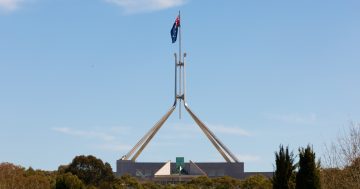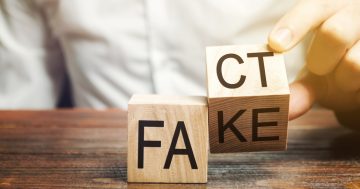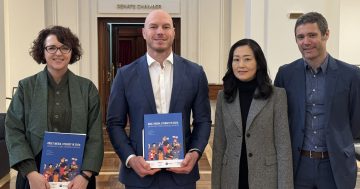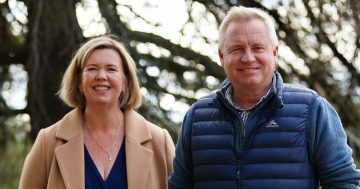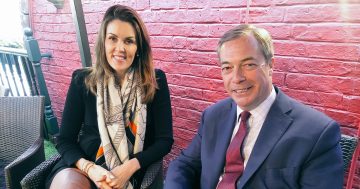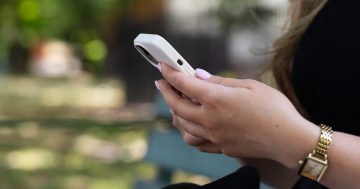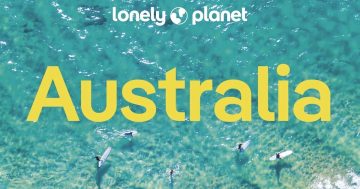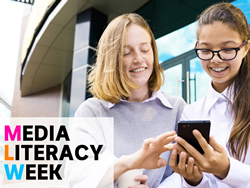 The Australian Broadcasting Corporation (ABC) has launched a new program to train people of all ages on how to recognise the difference between fake news and real information.
The Australian Broadcasting Corporation (ABC) has launched a new program to train people of all ages on how to recognise the difference between fake news and real information.
Launching its own Media Literacy Week this week, the ABC said it would utilise the knowledge, reach and cross-platform skills of the ABC to help the community navigate the modern media landscape.
It said it would address issues ranging from bias and misinformation to the importance of public interest journalism.
Head of Education at the ABC, Annabel Astbury said research by the Corporation and the University of Tasmania showed that one in four teachers felt unable to help students distinguish between fake news and trustworthy news.
“The ABC’s Media Literacy Week is a comprehensive survival guide, ensuring all Australians can navigate news, opinion and information,” Ms Astbury said.
“In a world where fake news and misinformation are rife, the ABC is best placed to help Australians sort truth from fiction.”
She said ABC Education had created a suite of resources aligned with the curriculum to help students understand and analyse news and information with the News Diet Challenge featuring media literacy interactives and videos of journalists explaining concepts such as bias and sources.
“Headlining Media Literacy Week is Navigating the News Conference (10-to-11 September), presented by the ABC and University of Tasmania, which will explore declining trust in journalism and the need for better media literacy,” Ms Astbury said.
She said the Media Literacy Week website featured articles examining issues such as fact checking, ‘deep-fakes’ and the ‘weaponisation’ of social media, along with video explainers, tips and quizzes to immunise people against dodgy information.
The ABC’s Media Literacy Week will run to Sunday, 16 September and further information can be accessed at this PS News link.



